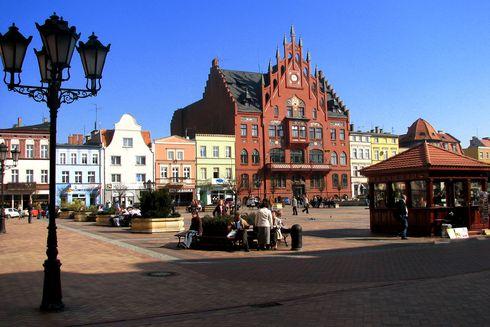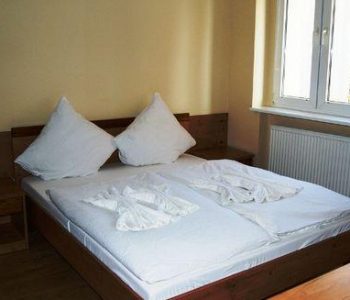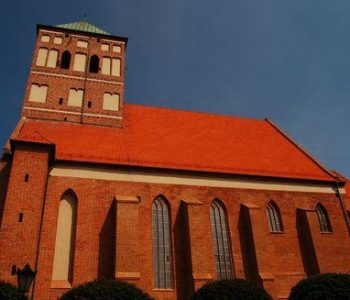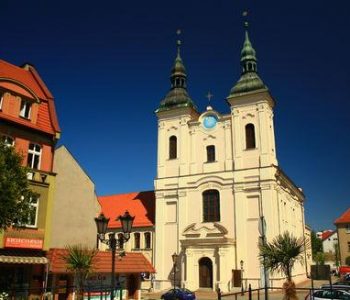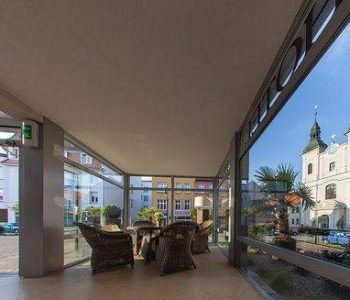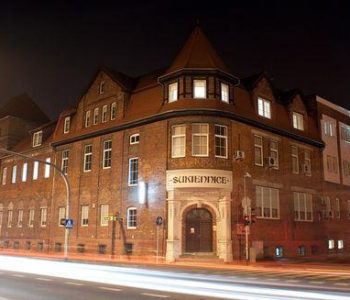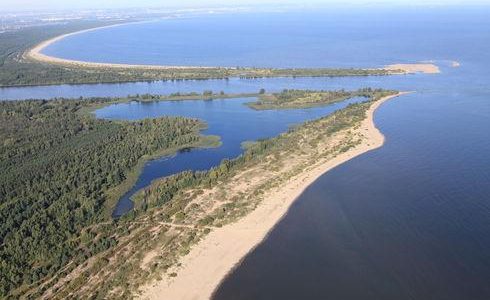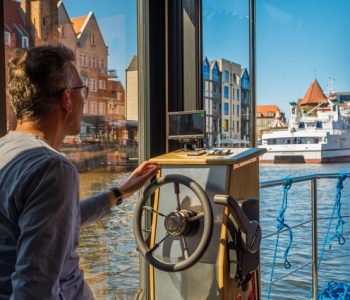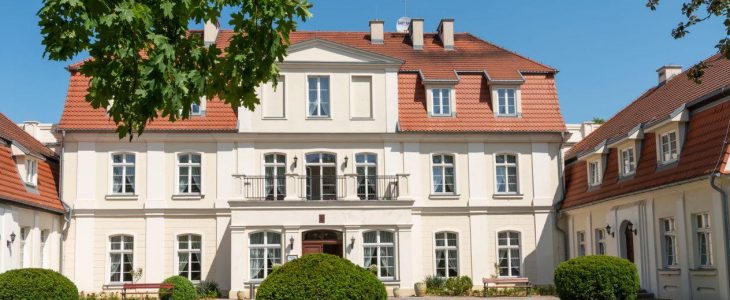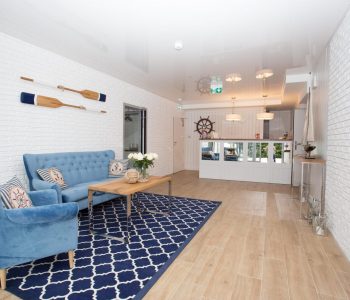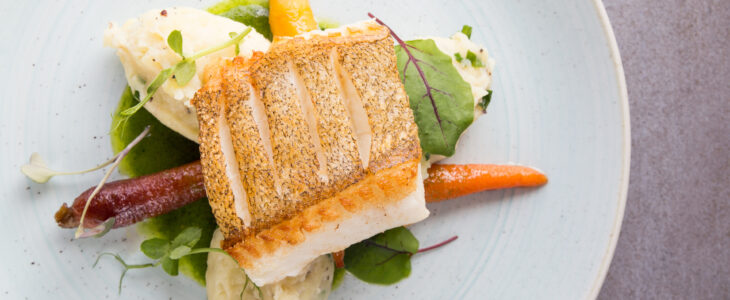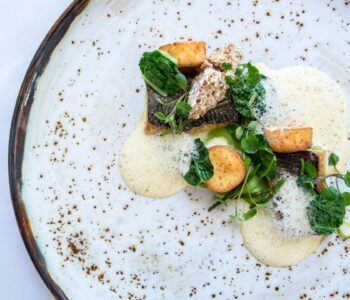It is located on the north frontage of the town square and appears particularly spectacular in the light of the evening illuminations.
This is the third city hall in the town’s history. The first was built in the 14th Century in the north part of the square. Unfortunately, it was later adapted by the Protestants for an Evangelical community. This brought the need for another building to host the city hall, which was built in the baroque style.
Both the city hall and the adjoining church survived until the beginning of the 20th Century. However, their poor condition forced the authorities to build new headquarters. The new building was built according to the designs of Berlin architects. It was founded on high basements. The central part was gripped by a balcony with a decorative balustrade, supported on consoles shaped like sculpted heads. Similar heads support the bay window at the level of the second storey. There are low reliefs presenting emblems of trade and craft in the dripstones and between the windows.
A significant role is played by the repeating themes of owls and bees, which symbolise wisdom and diligence. The front wall is decorated by the coats of arms of Chojnice, Poland and Pomerania, as well as Człuchowo, Czarne, Debrzno and Biały Bór. This refers to the tradition from the times of the First Republic of Poland, when Chojnice represented the interests of these small towns at the Pomeranian Voivodeship assembly and the general assembly of Royal Prussia.
The interior of the City Council Room is also interesting, due to its modernistic details. There is stained glass in the windows, which present the virtues and responsibilities of the Local Government towards the citizens. They include justice, wisdom and mercy. An interesting fact is that the chandeliers and the wainscot are present since the construction of the building.
The hall of the building hosts two commemorative plaques: one commemorates the first Mayor following the regaining of independence, Dr. Alojzy Sobierajczyk; the other is a replica of the Józef Piłsudski plaque from 1934.
During the partitions and the Second Republic of Poland, the room was decorated with the painting of the Berlin artist Friedrich A. T. Grotemayer, which presented the Battle of Chojnice. The artwork is currently located in the collections of the History and Ethnography Museum in Chojnice.
The hall was also the place of many historic events, including 31 January 1920, when the last Prussian Mayor inquished authority to Poland after a Century and a half of foreign rule. This building also hosted former Polish Presidents, including Stanisław Wojciechowski and Ignacy Mościcki, as well as other representatives of the highest Polish authorities.

